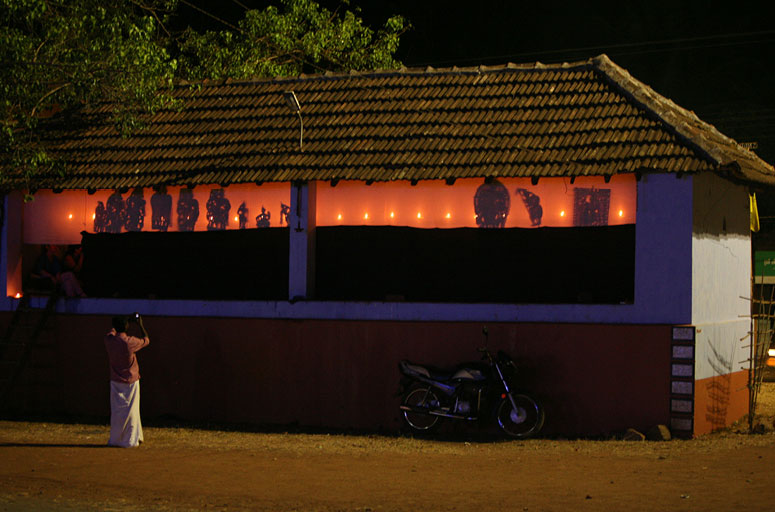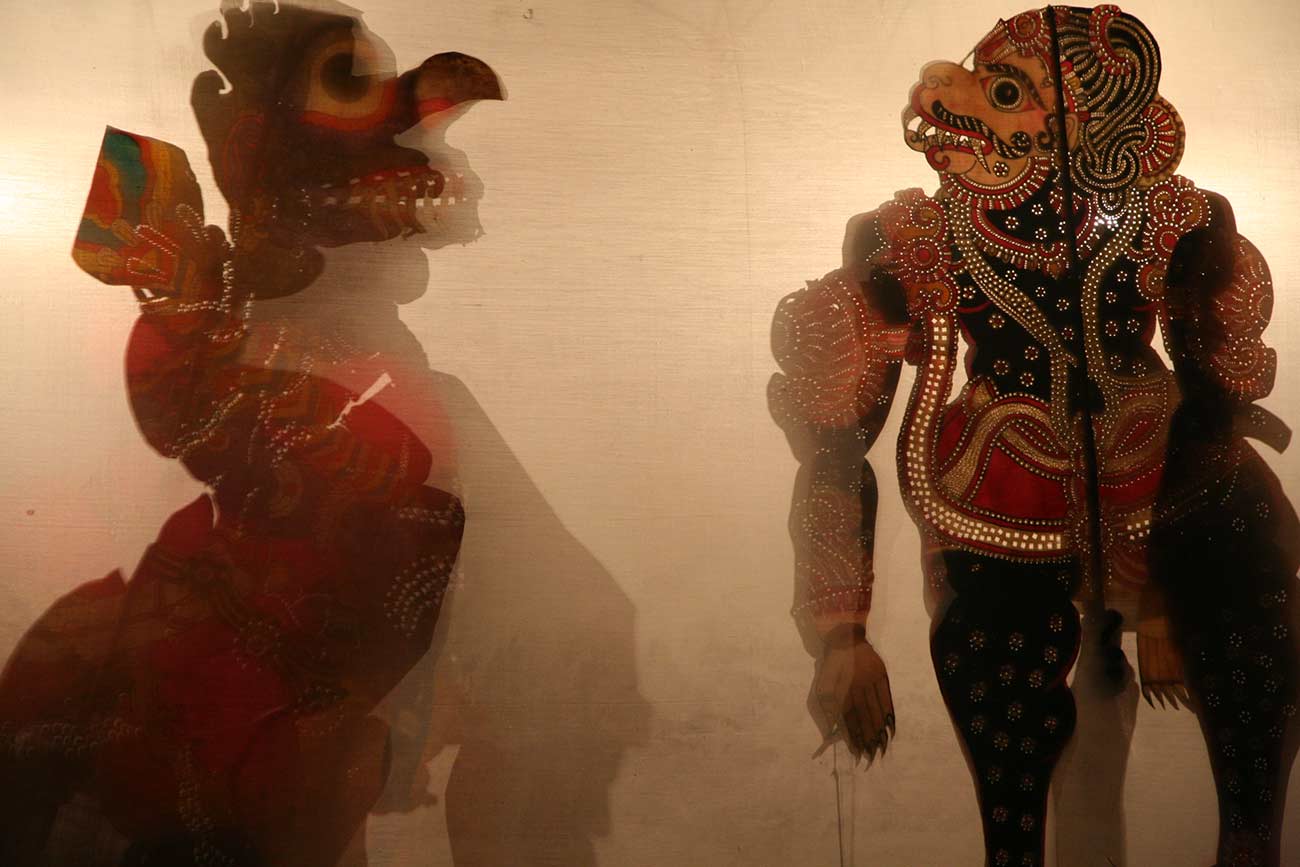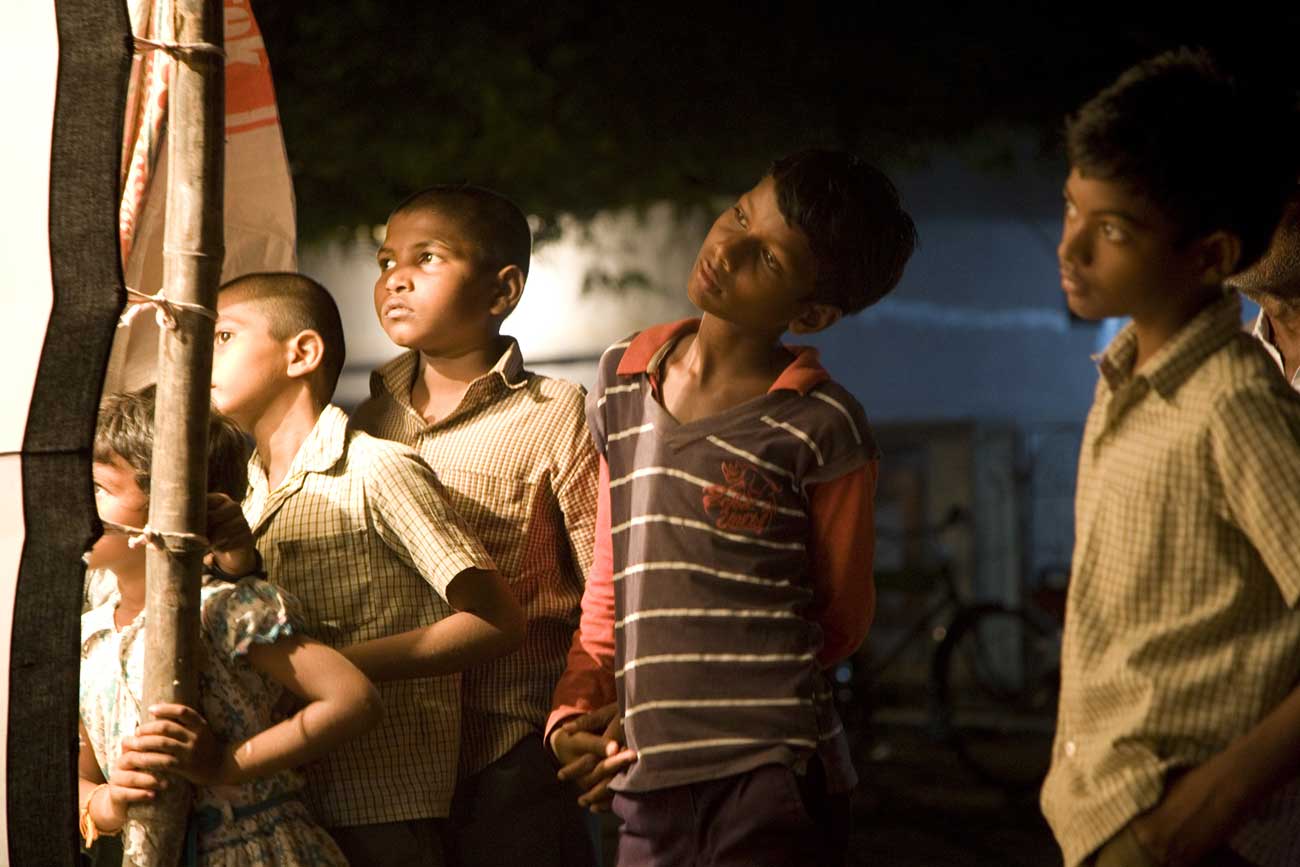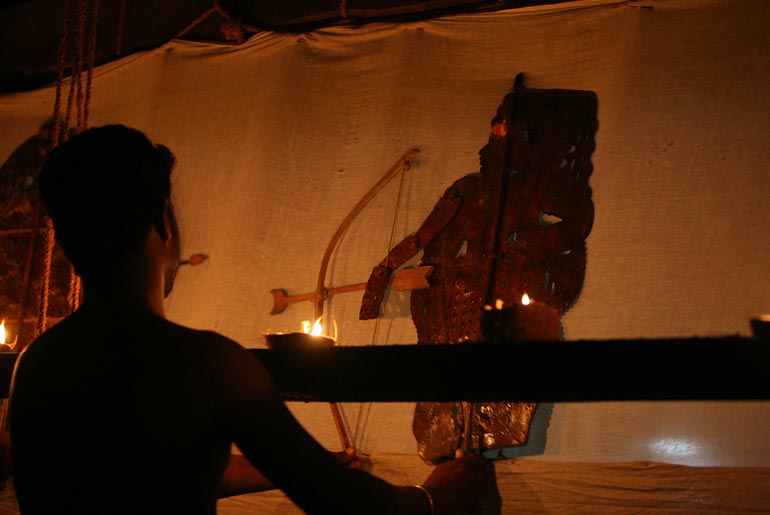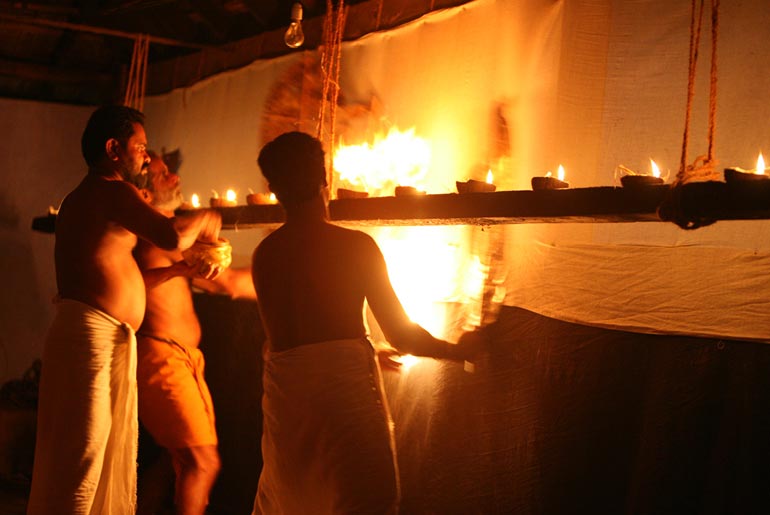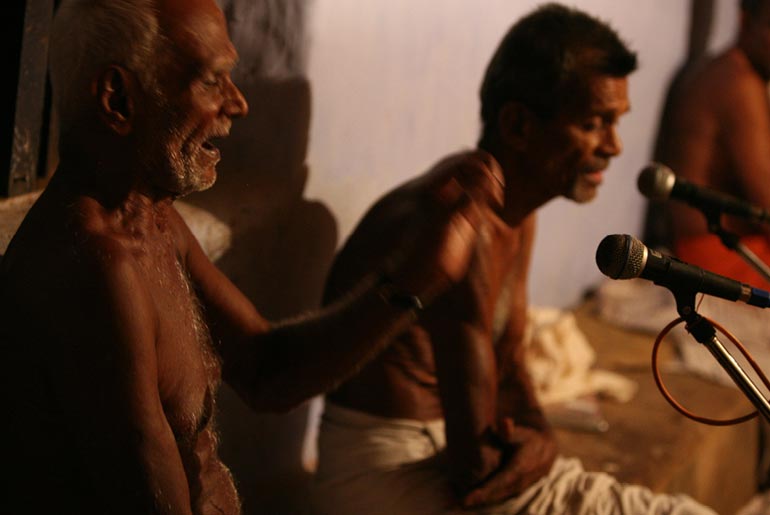A Play of Shadows
REsearch Paper & Documentation on
The Shadow Puppet Tradition
Tholubommalata (from Andhra), Tholpaavakuthhu (from Kerala), both literally mean, the dance of leather dolls.
Shadow puppetry, the earliest form of moving images, was the precursor to cinema and is thought to have been around for 2000 years. Concentrated in south India with regional variations, it is traditionally performed by wandering troupes to entertain audiences at social events in open grounds or as a religious offering. There is a screen between performers and audience. In the past, oil lamps threw shadows onto the screen, now in most cases, electric bulbs are used.
How can an object with ‘sensible’ and material qualities trigger an embodied sensory experience?
Taking one artifact from a Tholubommalata performance, the Hanuman puppet, this research examines its physical and material qualities; other intangible attributes such as its cultural and social values; and the relationship spectators, performers and craftsmen have with it. Using an example of an embodied experience with the object, the study tries to determine, from a phenomenological viewpoint, what gives the puppet its sensual, touchstone quality.
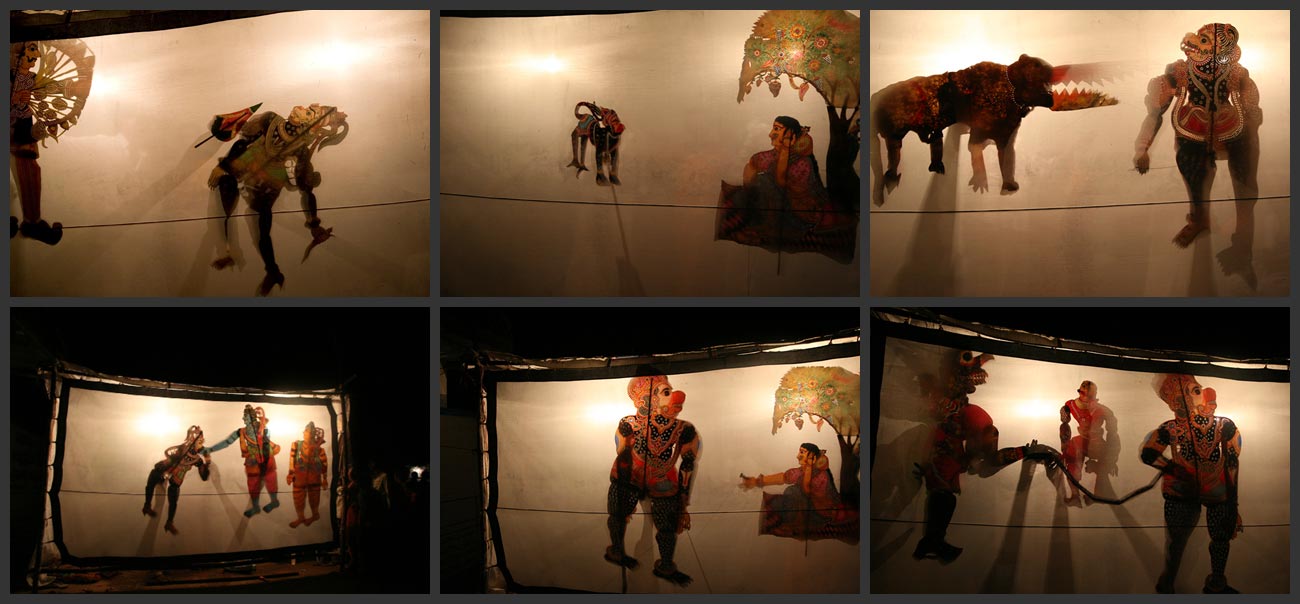

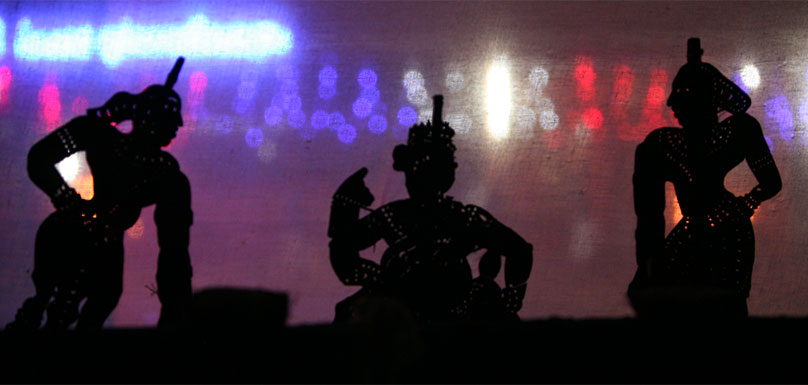
The larger horizon in which puppet theatre belongs is in many ways symbolic of diverse and sometimes subversive interpretations and ensure that we are exposed to a plurality of thought and expression.
In Kerala, the performances are conducted in specially constructed structures in temple grounds where the primary, and often only, audience is the temple goddess. The audience is often absent
